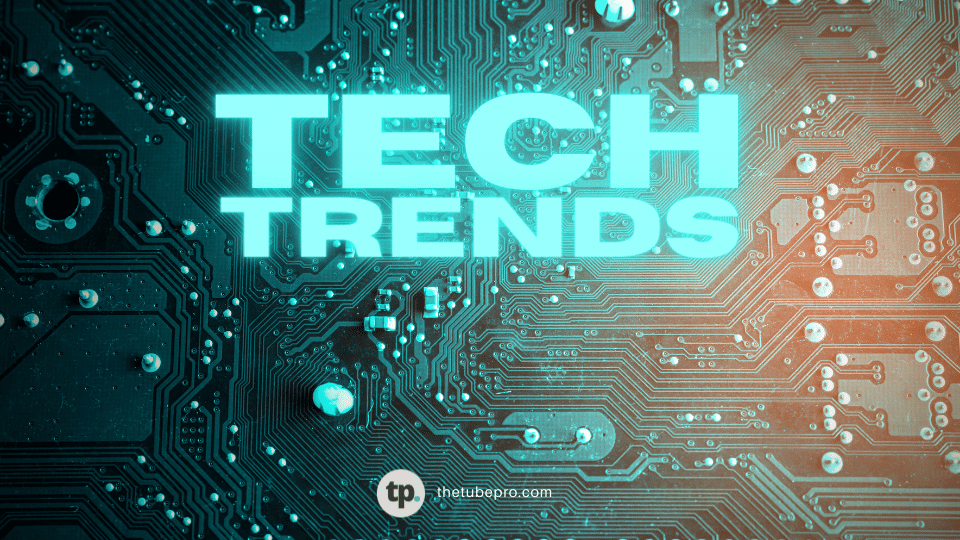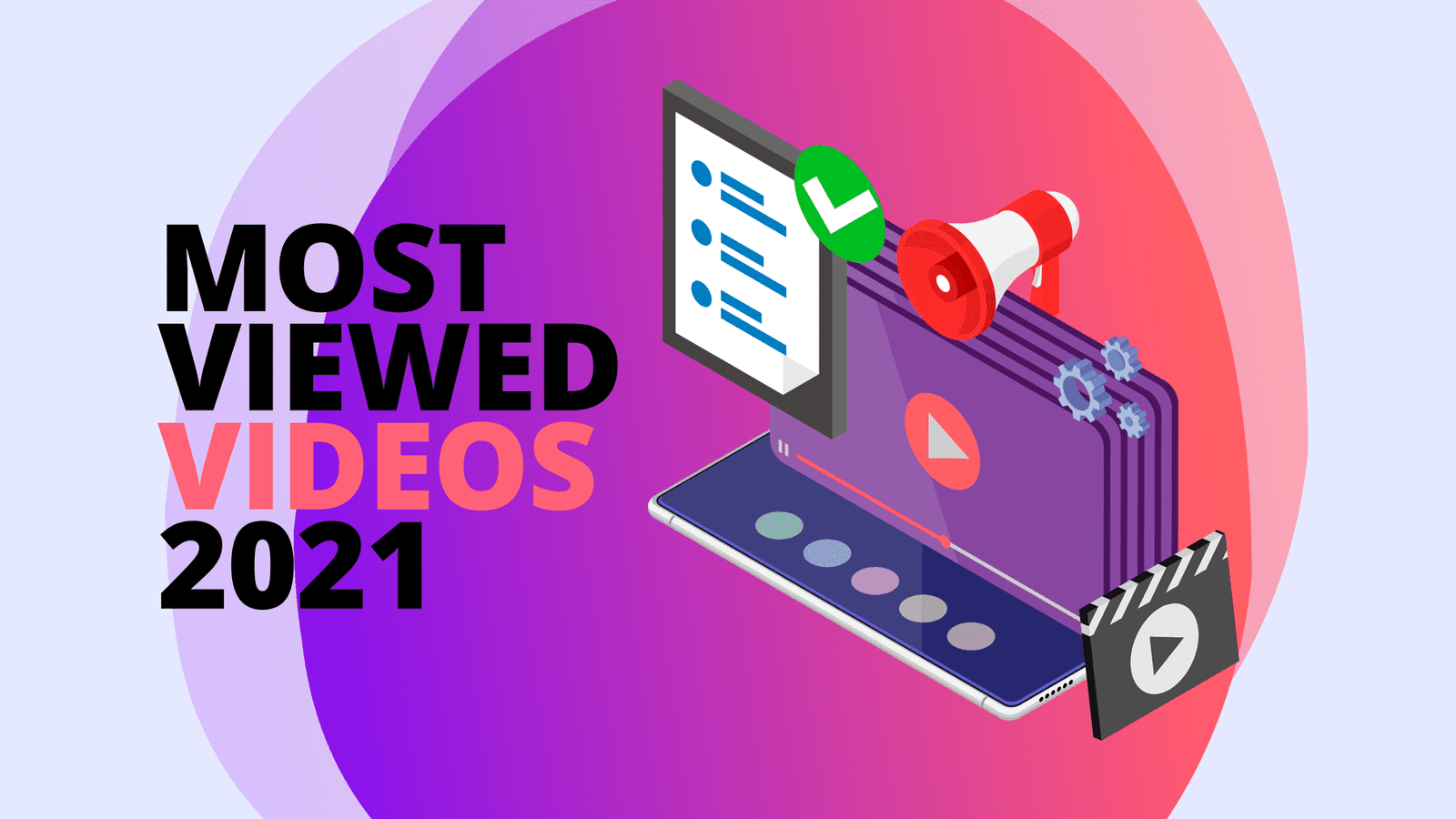The digital landscape is constantly evolving, driven by rapid advancements in technology. From artificial intelligence to blockchain, these innovations are shaping the way we live, work, and interact with the world.

As a tech-savvy professional, it’s crucial to stay ahead of the curve and understand the top 10 technology trends that will dominate the coming years.
In this comprehensive guide, we will explore these emerging trends, providing insights and opportunities for individuals and businesses alike.
1. Artificial Intelligence (AI) Everywhere
Artificial intelligence has already made a significant impact on various industries, and it will continue to gain traction in the coming years. With advancements in no-code AI, businesses of all sizes can leverage the power of AI to create intelligent products and services.
For instance, retail companies like Stitch Fix use AI algorithms to recommend personalized clothing options to customers. AI will also revolutionize inventory management processes, leading to the standardization of convenience trends like buy-online-pickup-at-curbside (BOPAC) and buy-online-pickup-in-store (BOPIS). As AI becomes more prevalent, job roles will evolve, with a higher demand for AI researchers, data scientists, and AI ethics consultants.
2. Parts of the Metaverse Will Become Real
The metaverse, a persistent digital platform for work, play, and socialization, will shape the future of the internet. Augmented reality (AR) and virtual reality (VR) technologies will continue to advance, providing immersive meeting environments and more realistic avatars.
Companies like Microsoft and Nvidia are already developing metaverse platforms for collaborative digital projects. The metaverse will also find applications in training and onboarding, with virtual environments like Accenture’s Nth Floor replicating real-world offices for remote work experiences.
3. Blockchain: The Future of Transparency
Blockchain technology, known as a distributed database, is gaining momentum across industries. Its decentralized nature ensures secure and transparent transactions without the need for intermediaries.
This technology has the potential to streamline processes in sectors like banking, finance, healthcare, and supply chain management. As blockchain evolves, businesses will incorporate it into their operations, leading to increased security, accessibility, and innovation.
4. Edge Computing for Faster Data Processing
Edge computing is a growing trend in the software industry, involving computation at the network’s edge. This approach brings data processing closer to the source, enabling faster and more reliable processing.
While cloud computing remains prevalent, edge computing offers advantages in scenarios where real-time data analysis and low latency are critical. It complements cloud computing, creating a hybrid infrastructure that optimizes data processing capabilities.
5. Internet of Behaviors: Understanding Human Behavior
The Internet of Behaviors (IoB) leverages data collected from internet-connected devices to analyze and predict human behavior. As more devices connect to the internet, this trend will have a significant impact on marketing and advertising.
The Internet of Things (IoT), a network of physical devices connected to the internet, will expand further, with devices like home appliances and automobiles becoming part of the IoT ecosystem.
6. Predictive Analytics for Data-Driven Decision Making
Predictive analytics involves using data to make predictions about future events. It finds applications in marketing, risk management, operations, and data science. As organizations increasingly rely on data-driven decision-making, the demand for professionals skilled in predictive analytics and data science will continue to grow. Data science bootcamps offer comprehensive training to enter this field.
7. Snowflake: A Scalable Data Warehouse Solution
Snowflake is a cloud-based data warehouse solution that enables scalable and cost-effective data storage and analysis. It has gained popularity among businesses dealing with large volumes of data. With Snowflake, organizations can unlock the potential of their data, making informed decisions and driving innovation.
8. DevOps: Enhancing Software Development Processes
DevOps refers to the combination of development and operations, focusing on automating and improving the software development lifecycle. It promotes collaboration between developers and operations teams, enabling faster software delivery, improved quality, and reduced errors. DevOps courses are available to gain expertise in this field and stay up to date with the latest trends.
9. Robotics: Advancements in Automation
Robotics is revolutionizing various industries, from manufacturing to healthcare. Advanced robots are being employed in manufacturing facilities, warehouses, and even homes. The field of robotics is expanding rapidly, offering exciting opportunities for professionals interested in designing, building, and operating robots.
10. AI as a Service: Accessing AI Capabilities through the Cloud
AI as a Service (AIaaS) provides cloud-based services that offer artificial intelligence capabilities. This allows businesses to access advanced AI tools and technologies without investing in expensive infrastructure. As AI continues to evolve, we can expect more AI-powered devices and applications that simplify our lives and enhance business operations.
In conclusion, the top 10 technology trends for the coming years will shape the future of various industries. From artificial intelligence and blockchain to robotics and edge computing, these trends offer immense opportunities for businesses and professionals.
By staying informed and embracing these innovations, individuals can thrive in the digital era and contribute to the ongoing transformation of our world. So, buckle up and be prepared to ride the wave of technological innovation!




